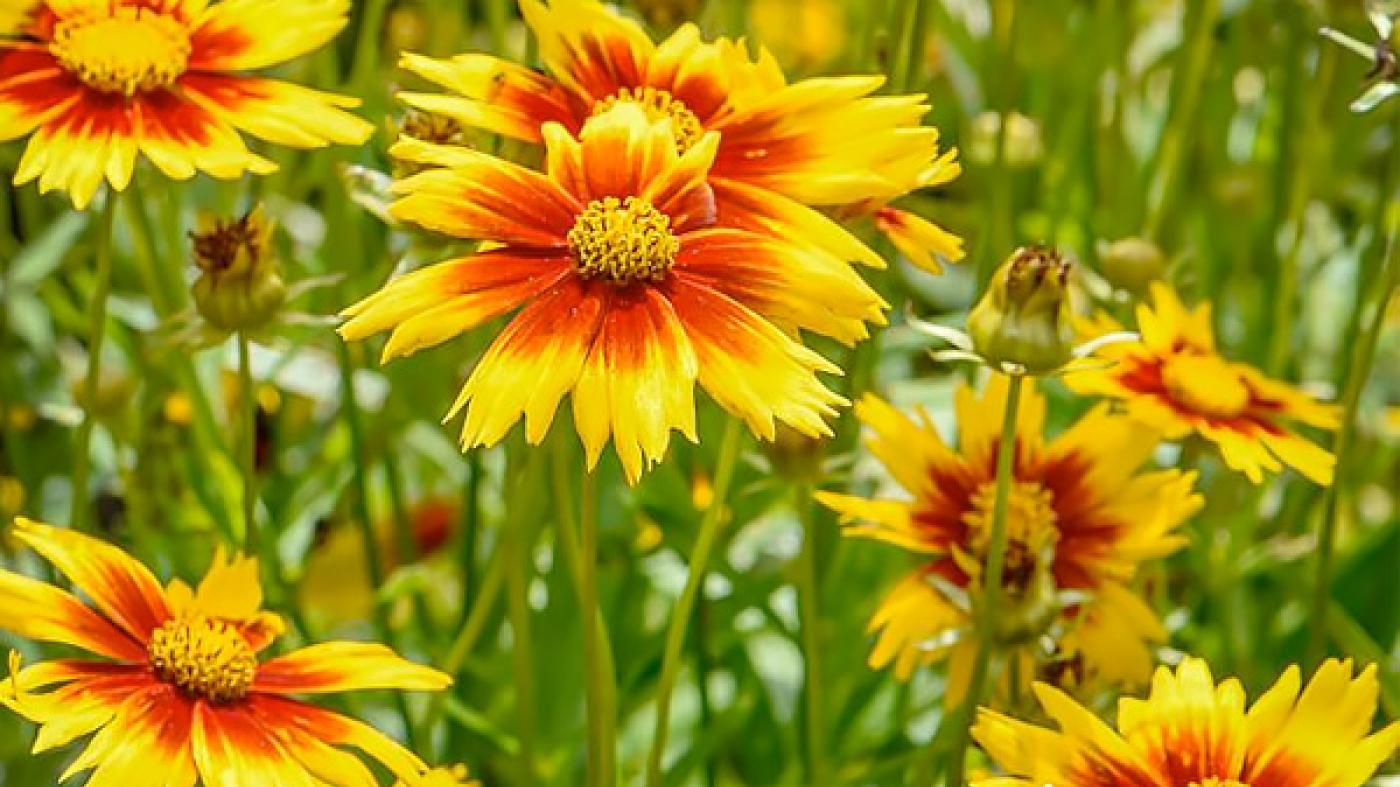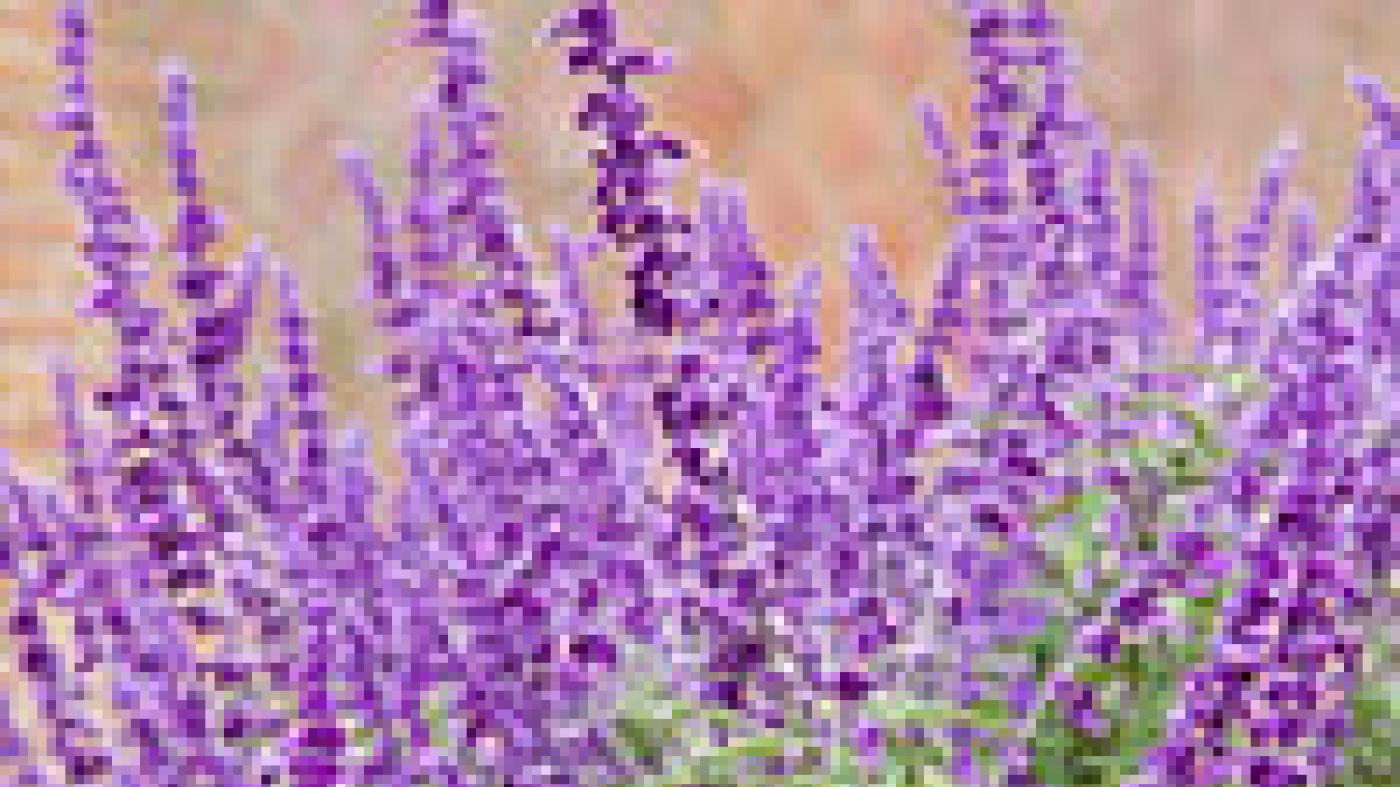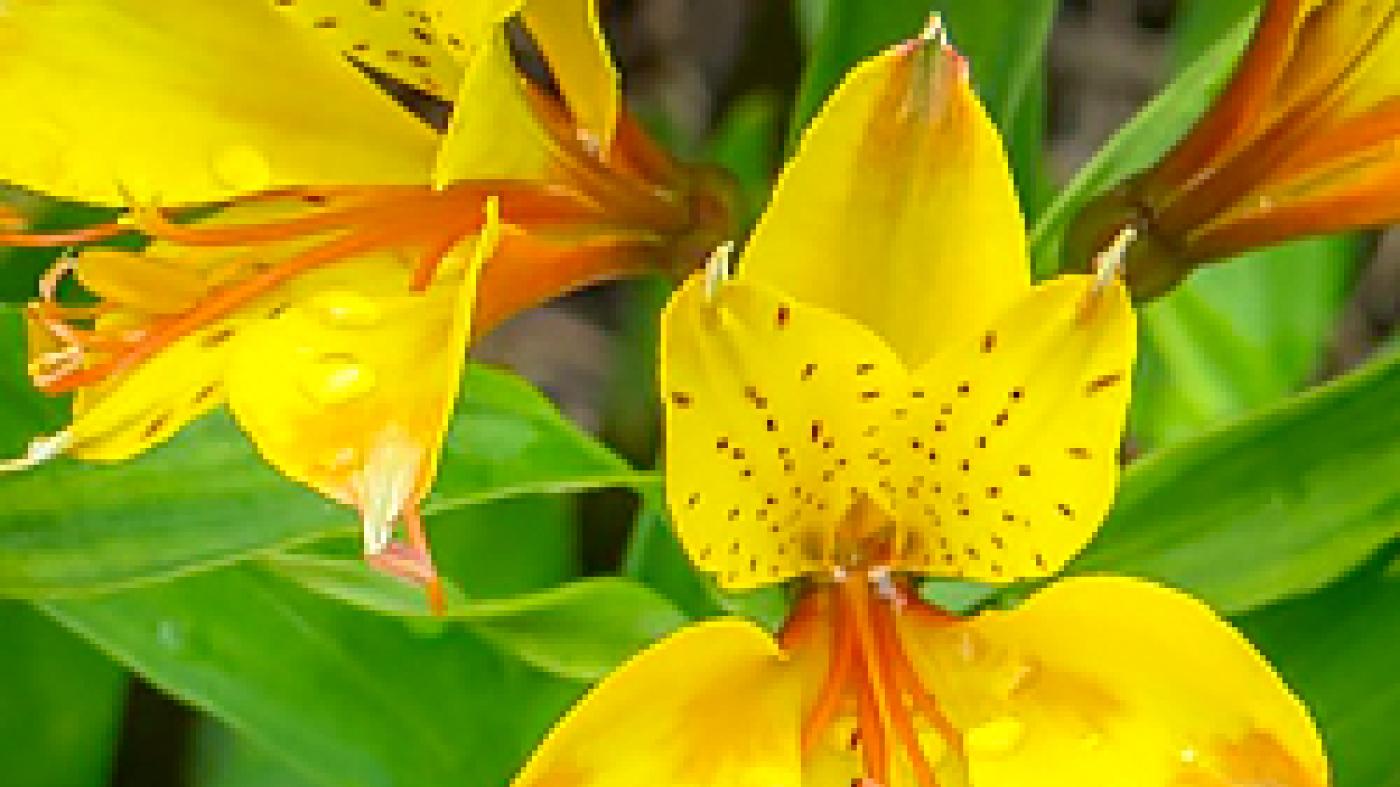
Perennials

Spring Perennial Dividing
Q: As temperatures rise and my perennials are emerging, it appears that some of them are very crowded. Should I divide them now?

Why is my hosta foliage turning brown?
A. The cool, damp, cloudy spring we had this year is conducive to many fungal infections. Some of the more common fungal problems affecting hostas are anthracnose and botrytis. This season, Plant Information has seen many cases of hostas infected with botrytis, which can be prevalent in cool, wet weather. Botrytis on hosta first appears on foliage as water-soaked spots that begin small and increase in size. As the spots enlarge, cinnamon to dark tan rings can sometimes be seen within the lesions. Lesions can also travel down to the petiole of the plant.

Revitalizing perennial salvia
Aggressive and invasive plants
Q. What is the difference between aggressive and invasive plants?
A. The Chicago Botanic Garden defines an invasive plant as “a species, usually nonnative, that is able to establish itself within existing native plant communities and is posing a threat to the integrity of the community.”
An aggressive plant is one that spreads faster than preferred, or into an area of your garden where it is unwanted. A plant may be aggressive in one area of a garden or neighborhood and well behaved in another.
Winter Plant Protection
Q. Please advise on special winter protection for my garden plants.
A. Many winter injuries common to plants in the Chicago area can be avoided with a few precautionary practices:
Using Soaker Hoses
Q. I have recently installed a soaker hose system throughout my garden. How long do I let the water run in order to water adequately?
Rain Garden
Q. What is a rain garden?
A. A rain garden is a natural or constructed depression intended to mitigate stormwater. The plantings in a rain garden allow water to percolate into the soil, reducing runoff into storm sewers, reducing erosion, and protecting ground water quality. In addition to being attractive, a rain garden generally requires less maintenance than a lawn and provides valuable habitat for wildlife.
Preventing Powdery Mildew on Phlox
Q. What can I do to prevent powdery mildew from attacking my phlox and zinnias?
Poppies
Q. Every spring I become entranced with the different types of poppies, especially those in containers. Which are best for Chicago?
A. Early spring is a fine time to appreciate poppy species, since quite a few are considered cool-season annuals and their seeds can be directly sown into the ground or the tiny transplants can be carefully moved to a container or garden bed (poppies’ taproots resent frequent disturbance).
Peony Blight
Q. I have an established planting of peony bushes that are attacked by blight every year. What is the best way to prevent this disease from recurring?
Planting Peonies
Q: I would like to plant some peonies in my garden. Can I do it in the fall, and what tips can you offer?
Cultivating Moss
Q. I am interested in cultivating moss on the sides of some of my stone garden urns to give them a natural, aged look. How do I do this?
A. Since moss thrives in a shady, moist environment, containers should not be located in full sun. Mix the following ingredients (proportions are not important):
Lavender Varieties for the Midwest
Q. What variety of lavender is the best for planting in our area? I'm especially interested in an intensely fragrant variety.
Pruning Hydrangeas
Q: Please advise on the best time to prune hydrangeas.
A: Hydrangeas require differing pruning times; therefore, it is critical to know which type you have before you prune. In addition to using the techniques explained below, always remove any winter-damaged branches in early spring.
Evening Primrose
Q. Why doesn't my evening primrose bloom?
A. All evening primroses (Oenothera) require good drainage and at least six hours of full direct sun per day. Evening primroses that are planted too closely together may also fail to bloom properly; therefore, it will be necessary to divide the plants.
Edible Flowers
Q. I am fascinated by the use of flowers in preparing certain food dishes. Are there some basic guidelines to follow when choosing the flowers?
Delphinium Disease or Pest
Q. What insect or disease would cause the flower stalks of my beautiful delphiniums to become twisted and their flower buds to curl and blacken?
How to Divide Daylillies
Q. How do I know if a mature stand of daylilies needs division? When and how do I do this?
A. You can consider dividing your daylilies if they appear too densely crowded, if their flower production is less than normal or if they haven’t been divided in 10 years. By digging the clumps in late August to early September, you give the new divisions a chance to settle their roots before frost arrives. Water the plants well a day or so before you dig and choose a cool, cloudy day if possible.
Butterfly gardens
Q: My children and I want to plant a butterfly garden. Can you suggest flowers that will attract butterflies?
Planting Azaleas
Q. I am tempted by the gorgeous azaleas available now in florist shops. Is it possible for me to plant them in my garden in spring?
Anemone
Q. I am looking for a colorful companion to some early-spring flowering bulbs. A friend suggested the low-growing anemone.



